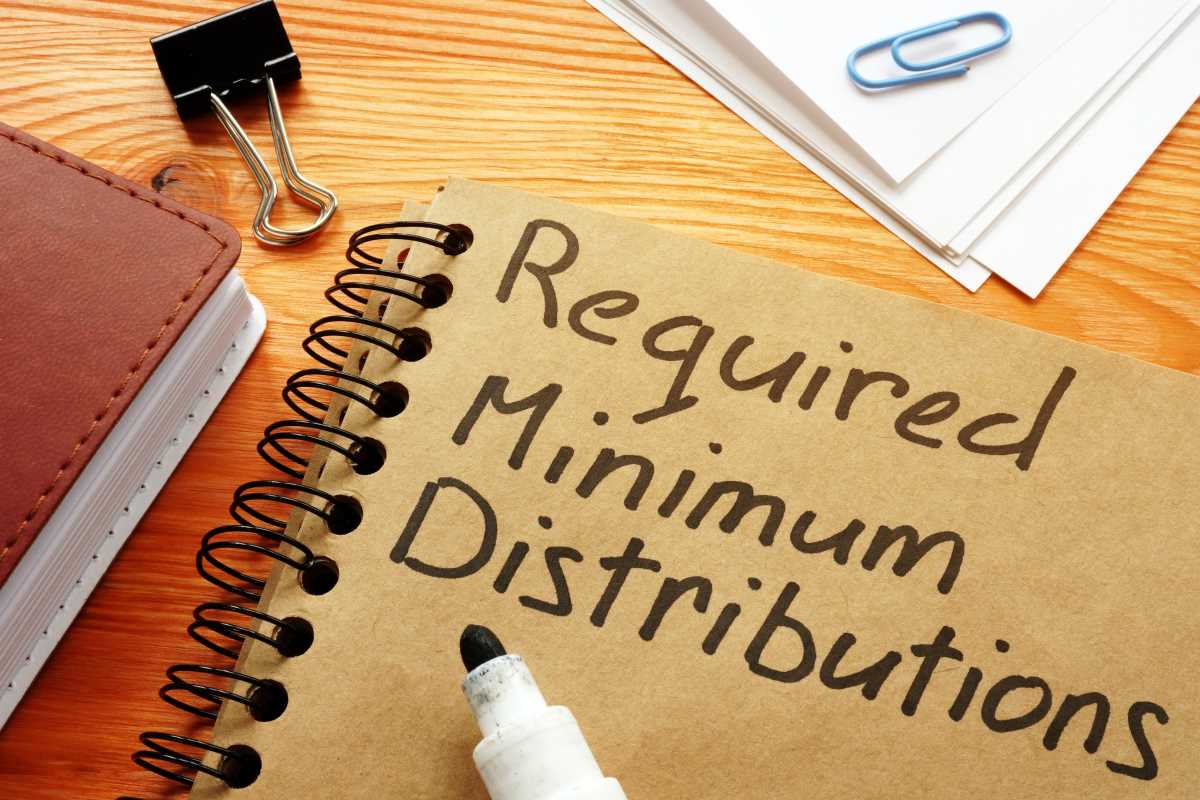When most people think about retirement, they picture a single, giant pot of gold—a nest egg they have saved over a lifetime. The idea is to live off this pile of money until it runs out. But what if you could have several smaller, refillable pots instead? This is the concept behind creating multiple income streams for retirement. Relying on just one source of income can be risky. A more secure and flexible approach is to build a retirement plan that draws money from several different places. This strategy is like a sturdy, four-legged stool. With only one leg, it's wobbly and unstable. But with multiple legs providing support, you can rest easy knowing you have a solid foundation for a long and comfortable retirement.
Why Diversifying Your Income is Key
The old saying "don't put all your eggs in one basket" is especially true when it comes to retirement income. If you rely solely on your 401k, a stock market downturn right when you retire could have a devastating impact on your lifestyle. By creating multiple streams of income, you spread out your risk. Some of your income sources might be guaranteed and predictable, while others might have more growth potential but also more volatility. This blend creates a resilient financial picture. If one stream underperforms, you have others to fall back on. This diversification is the key to creating a reliable and stress-free income flow that can weather any economic storm.
The Foundation: Social Security
For most Americans, Social Security is the bedrock of their retirement income plan. It provides a predictable, inflation-adjusted stream of monthly income that lasts for the rest of your life. While it's unlikely to cover all of your expenses, it serves as a crucial foundation upon which you can build the rest of your plan. The amount you receive depends on your lifetime earnings and when you decide to start claiming benefits. Delaying your claim from age 62 up to age 70 can significantly increase your monthly payment, making the timing of your Social Security claim one of the most important retirement decisions you will make.
Income from Your Retirement Accounts
The money you have diligently saved in accounts like a 401k or an Individual Retirement Account (IRA) will likely be your largest and most flexible source of income. This is the nest egg you've spent your career building. In retirement, you will develop a systematic withdrawal strategy to turn these savings into a regular paycheck. A common approach is the 4% rule, which suggests you can withdraw 4% of your portfolio's value in the first year of retirement and adjust that amount for inflation in subsequent years. This strategy helps ensure your money lasts for 30 years or more.
Steady Paychecks: Pensions and Annuities
While less common today, traditional pension plans still provide a guaranteed monthly income for many retirees, especially those who worked in government or for certain large corporations. If you have a pension, it will be a valuable and stable part of your income plan. For those without a pension, an annuity can play a similar role. An annuity is a contract you buy from an insurance company that can provide a guaranteed stream of income for a set period or for life. This can be a useful tool for covering essential expenses and creating a sense of security, much like a pension does.
Income from Other Investments
Your investments outside of retirement accounts can also be structured to produce income. This could include a portfolio of dividend-paying stocks, which provide regular cash payments to shareholders. Real estate can be another powerful income stream. Owning a rental property can generate monthly cash flow after all expenses are paid. Even if you don't want to be a landlord, you can invest in Real Estate Investment Trusts (REITs), which allow you to earn income from a large portfolio of properties without the management hassles.
The Joy of a Retirement "Encore Career"
Retirement doesn't have to mean the end of working. For many, it’s an opportunity to pursue a passion project or a low-stress job on their own terms. This part-time work or "encore career" can provide a valuable extra stream of income, reducing the need to draw down on your savings. It also offers social engagement and a sense of purpose, which are crucial for a happy retirement. This could be anything from consulting in your former field to working at a local bookstore or turning a hobby into a small business.
Creating Your Balanced Income Plan
Building a successful retirement income plan is all about creating the right mix for your specific needs. Start by calculating your essential living expenses and try to cover these with your guaranteed income sources, like Social Security and a pension or annuity. This ensures your basic needs are always met. Then, use your more flexible income streams, like withdrawals from your 401k and other investments, to cover discretionary spending like travel, hobbies, and entertainment. This balanced approach provides both security and flexibility, allowing you to enjoy the retirement you have always dreamed of.







